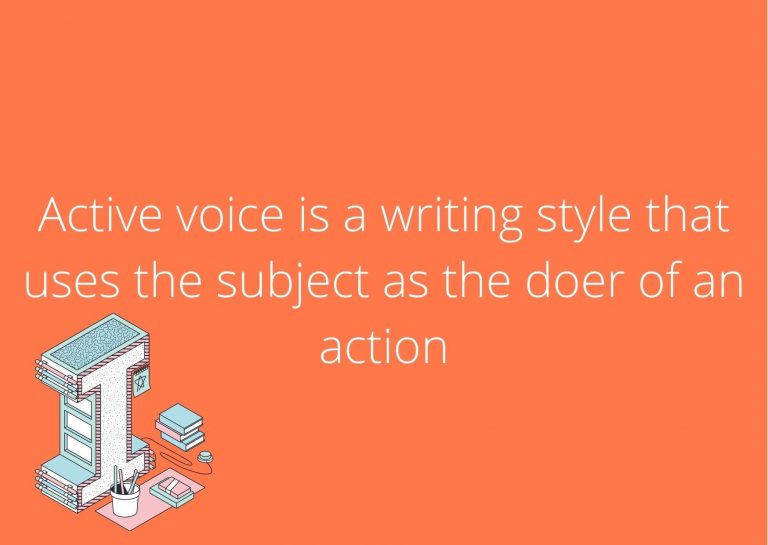External Validity-Definition, Guide, and Examples
External validity is the degree to which a study’s findings can be generalized (or applied) to other people, places, and contexts. It involves evaluating these three things: sample size, sampling method or population studied, and research setting or context.
For example, let’s say you want to know how many jellybeans are in a jar but don’t want to count them all yourself. You might survey 100 random people standing near the jar and ask each one how many they think there are in the jar. This would be an example of high external validity because your results could likely apply to anyone who has seen that particular jar of jelly beans before and knows what it looks like inside.
What are Some of the Threats to External Validity?
There are several kinds of threats that may compromise external validity:
Attrition
Attrition (or drop-out) is when some study participants stop participating or drop out of a study. Attrition can be caused by participants withdrawing due to the research method, dropping out for personal reasons, or even by researcher attrition.
To counter attrition, researchers can:
- Use cross-sectional designs (meaning the study happens at a specific time)
- Make their research less invasive by using self-report surveys and questionnaires rather than physical measurements
- Do random selection on research participants instead of choosing them based on convenience or availability.
History
It is the idea that certain variables may change over time due to natural occurrences, the passing of laws, or moving to a new location.
History is a threat to external validity because if you were conducting a study and did not take history into account, your research could be compromised.
For example: Let’s say you’re interested in learning whether the rate of drunk driving has changed over the past few years and wanted to conduct a study on that topic. You could not use a study from 10 years ago. This is because alcohol restrictions and other legislation have been put into place that may have impacted drunk driving over the years.
What can researchers do to control history?
Researchers can utilize common research procedures such as:
- Tracking the passage of new legislation
- Keeping a log of natural occurrences such as weather patterns
- Interviewing participants to see if they have noticed any changes in their communities over time
Sampling bias
| • Cluster sampling • Snowall sampling • Volunteer sampling • On-probability sampling |
Sometimes the study sample is not representative of the population as a whole. This can be caused by several things such as; researcher bias, participant bias, or even sampling procedures.
For example, a researcher could be studying attitudes towards immigrants. It would not be representative to use an all Caucasian population or even a mix of Caucasian and Hispanic samples.
The common types of sampling bias are:
Cluster sampling: This is where the population is divided into homogeneous groups or “clusters” and then randomly selected. The sample taken may not be representative of the population as a whole.
Snowball sampling: This bias happens when existing participants recruit new participants from among their acquaintances, which is voluntary.
Volunteer sampling: Participants are not randomly selected; instead, they choose to participate of their own free will.
Non-probability sampling: This is when the selection of participants is not random; instead, they are chosen based on availability or convenience.
Researchers can do the following to counter sampling bias:
- They can do a random selection
- They can use stratified selection (which involves dividing the population into homogenous groups and then randomly selecting participants from each group)
Confounding variables
Confounding variables are variables that exist in the environment and impact research results. There may be outside factors that make it difficult to determine what is causing the results.
Situation factors
These are variables that exist in the environment and location which impact research results.
For example-In a study examining whether there is a correlation between smoking and death rates. Researchers would not want to include whether there is a high prevalence of smokers in the area.
What can researchers do to counter the situation effect?
- Use the appropriate research design
- Make controlled comparisons between groups that are alike in most ways except for the independent variable(s)
- Use random assignment to help ensure that confounding variables do not impact results
- Conduct field experiments or do the same test in different settings
The Hawthorne effect
This effect happens when participants know they are involved in a study and alter their behavior to appear better than they are. Researchers hope to avoid this because it could skew the results.
How can researchers counter the Hawthorne effect?
- Ensure participants don’t realize they are involved in a study (use a cover story)
- Make sure that participants are not aware of the results (not told about specific results or findings, except through general debriefing)
- Ensure that participants are not aware of the hypothesis being tested or how their behavior might impact results.
Selection bias
Selection bias is when the group that participates in a study is not representative of the entire population.
What can researchers do to counter the selection bias?
- Use random sampling to ensure a representative group of participants is selected.
- Take a sample that adequately represents the population.
- When using participant observation, the researcher can randomly select the times and places to take notes.
- Take a stratified sample to ensure each group in the population is adequately represented.
- Ensure participants are randomly assigned to groups when using a controlled experiment.
Types of External Validity
External Ex Post Facto validity
This type is when two factors are related after they have occurred together in time, but the researcher cannot establish causation.
External Ex Ante validity
It happens when two factors are related before they have occurred together in time. However, the researcher cannot establish cause and effect relationship.
Ecological validity
It is when research findings can be applied to the behavior of a group of people rather than a single person. A large-scale study can provide ecological validity.
Social validity
It is when research findings can be generalized to the behavior of a group of people in a specific social environment.
Statistical conclusion validity
It occurs when there are not enough participants to ensure that results are statistically significant.
Population validity
It is when the results of the research can be generalized to the larger population. This type of validity is often used to make inferences about future results.
What are Some Examples of External Validity?
- A study on the consequences of smoking cigarettes may not provide results that are generalized to the general population.
- Participant observation may provide ecological validity but not social validity.
- Using random sampling and many participants can increase statistical conclusion validity but decrease ecological and social validity.
- When researching with college students, there may be issues with external ex post facto and external ex-ante validity
- A study using a representative sample can increase statistical conclusion validity but decrease ecological and social validity.
External Validity Vs. Internal Validity


Some differences between internal and external validity are:
- Internal validity refers to whether a researcher can make a causal connection between independent and dependent variables. External validity is whether or not the findings of the study can be generalized to other situations.
- Internal validity is of primary concern in the laboratory, while external validity is primarily for field experiments that establish causal relations outside the laboratory.
- External validity is a study’s ability to represent real-life conditions accurately. In contrast, internal validity refers to whether or not the study’s design enables the researcher to make well-founded claims.
- Internal validity is whether or not a study can provide causal evidence, while external validity is whether the study results are accurate for other situations.
- Internal validity is whether or not a causal relationship can be inferred, while external validity refers to the external factors that might impact results.
- Internal validity refers to a study’s level of experimental control, while external validity is whether or not the design fits with real life.
- Internal validity is whether the study accurately assesses the research hypothesis, while external validity is whether or not the findings can be generalized to other situations.
A study can have high internal validity but low external validity, or vice versa. In most cases, this is due to the design of the study. For example, a researcher may be interested in conducting a field experiment to test a hypothesis.
To ensure that the field experiment results are generalizable, they must be designed to increase external validity.
Bottom Line
External validity refers to the ability of a study’s findings to be generalized or applied to other situations outside of the experimental research setting. Researchers are interested in increasing the study’s external validity because it enables them to make well-founded claims about what they have observed.
A researcher must also consider the external validity of their design when planning to research a real-life setting.


I‘m a freelance content and SEO writer with a passion for finding the perfect combination of words to capture attention and express a message. I create catchy, SEO-friendly content for websites, blogs, articles, and social media. My experience spans many industries, including health and wellness, technology, education, business, and lifestyle. My clients appreciate my ability to craft compelling stories that engage their target audience, but also help to improve their website’s search engine rankings. I’m also an avid learner and stay up to date on the latest SEO trends. I enjoy exploring new places and reading up on the latest marketing and SEO strategies in my free time.






